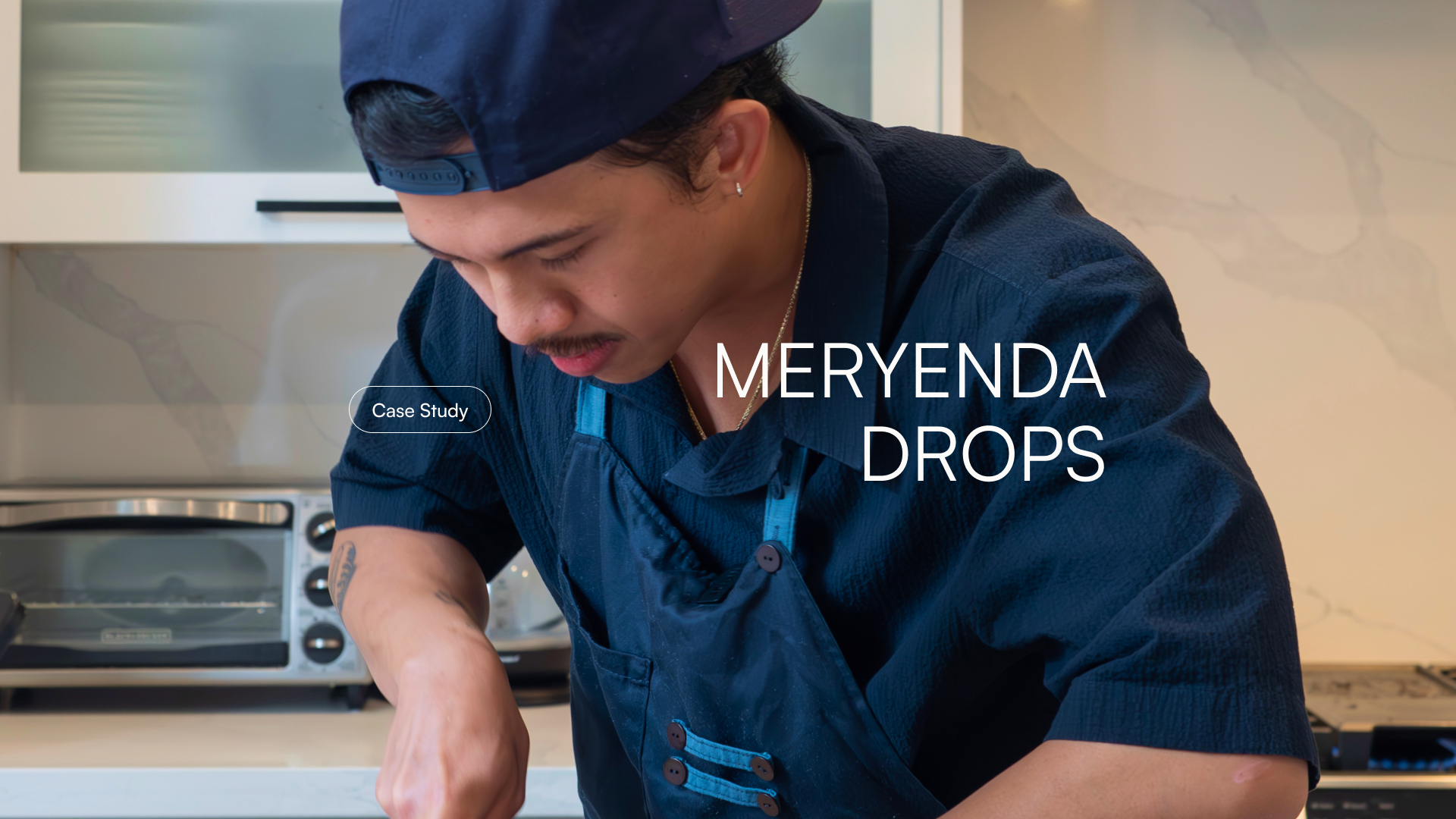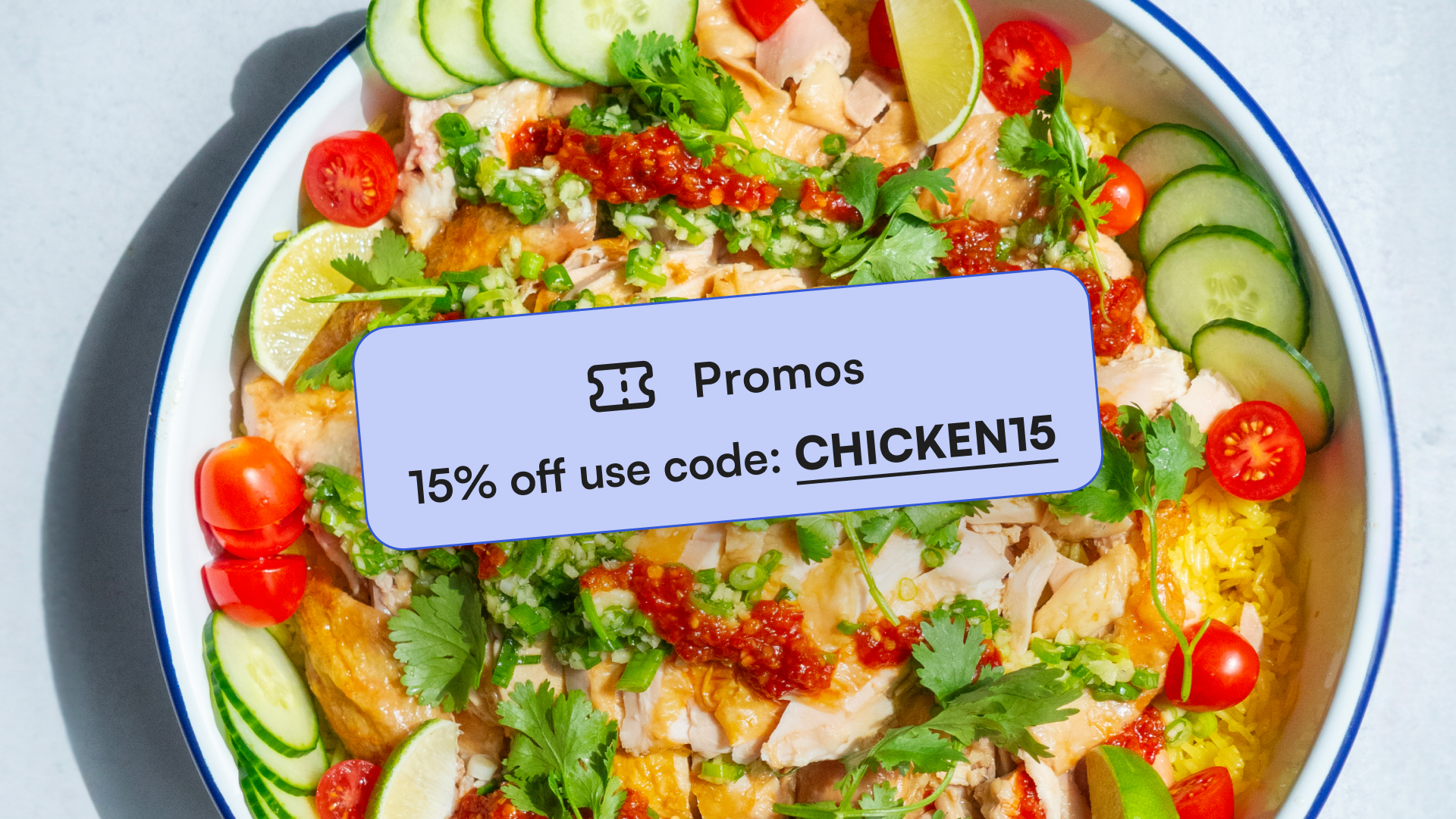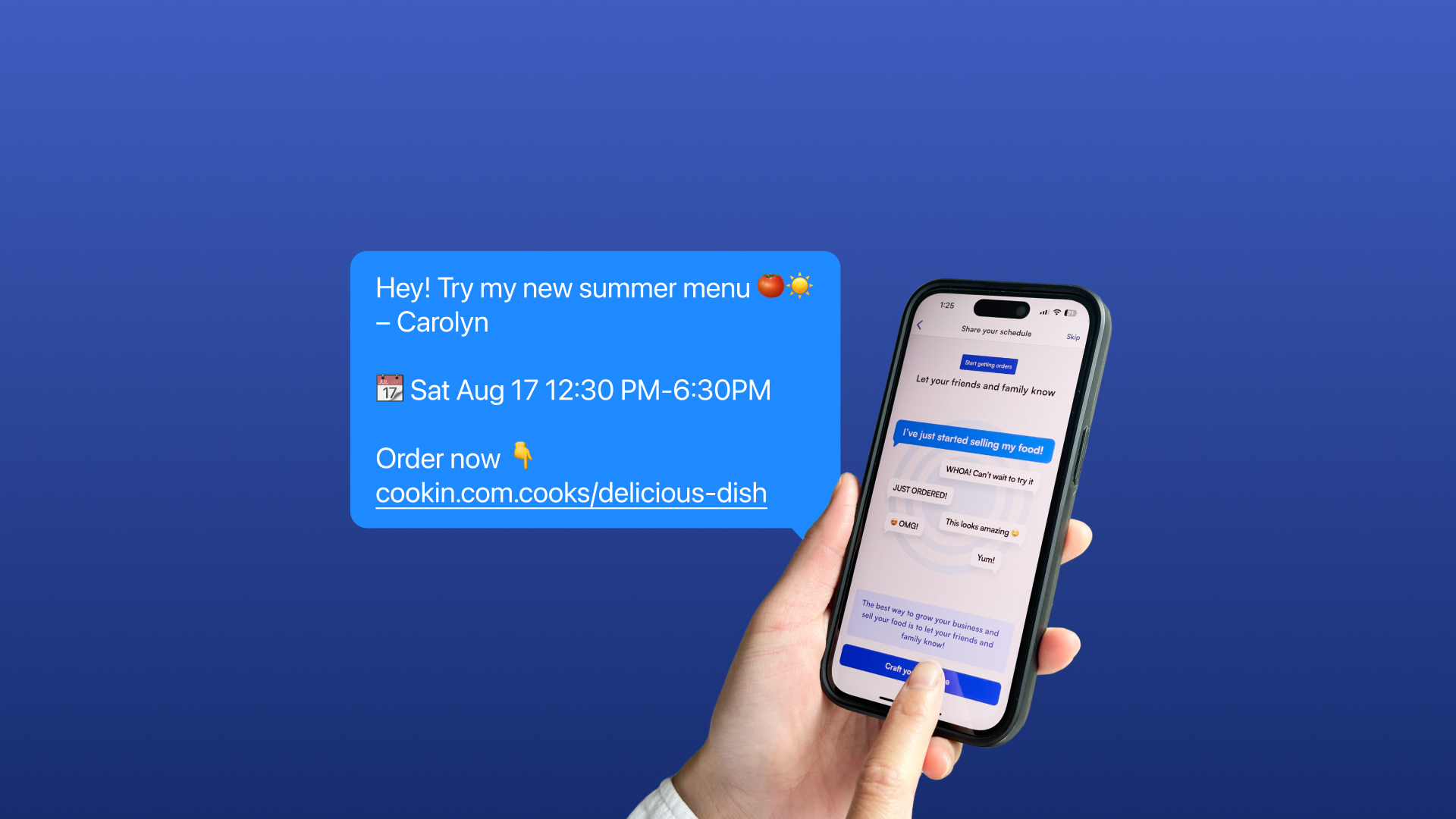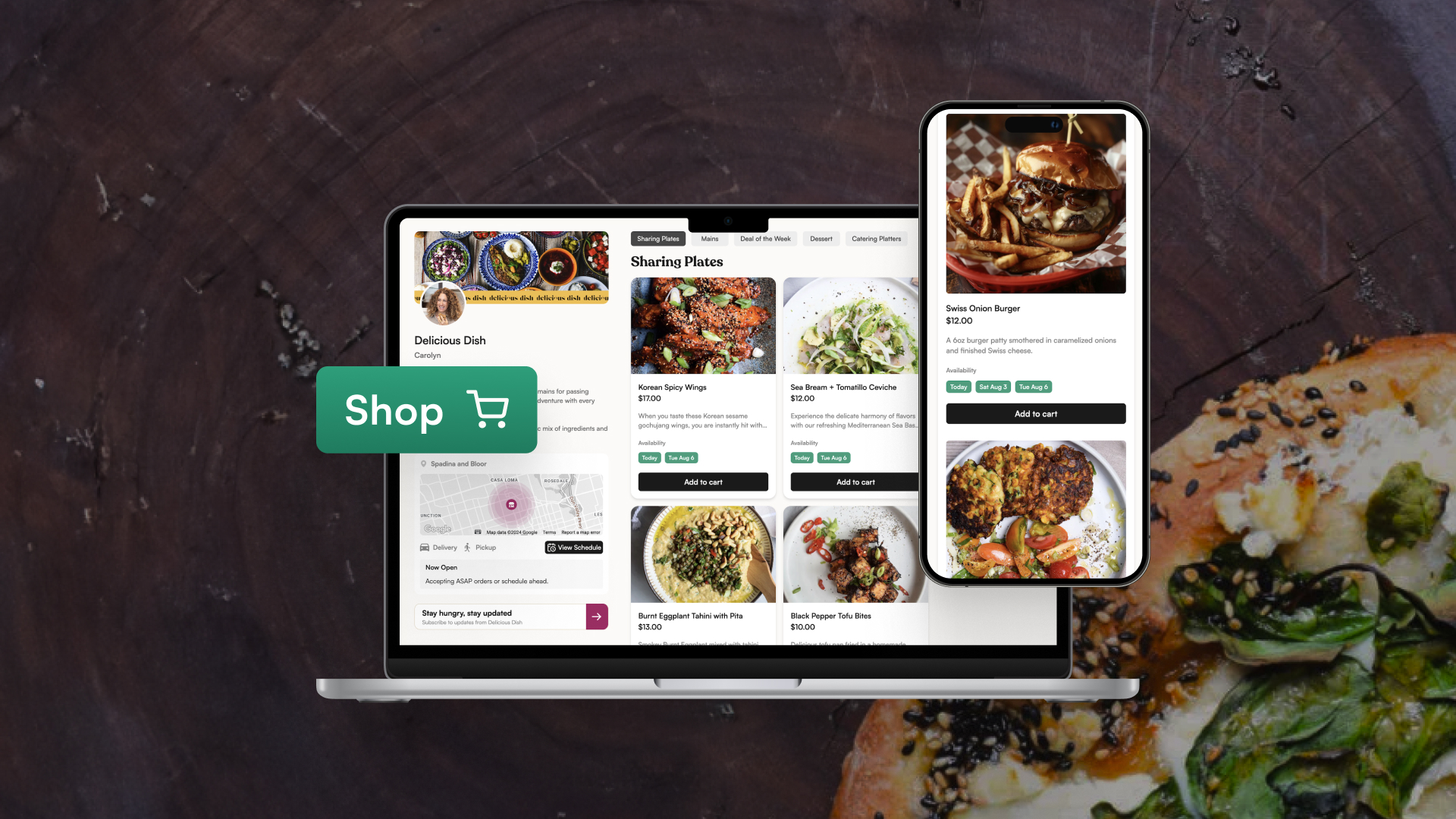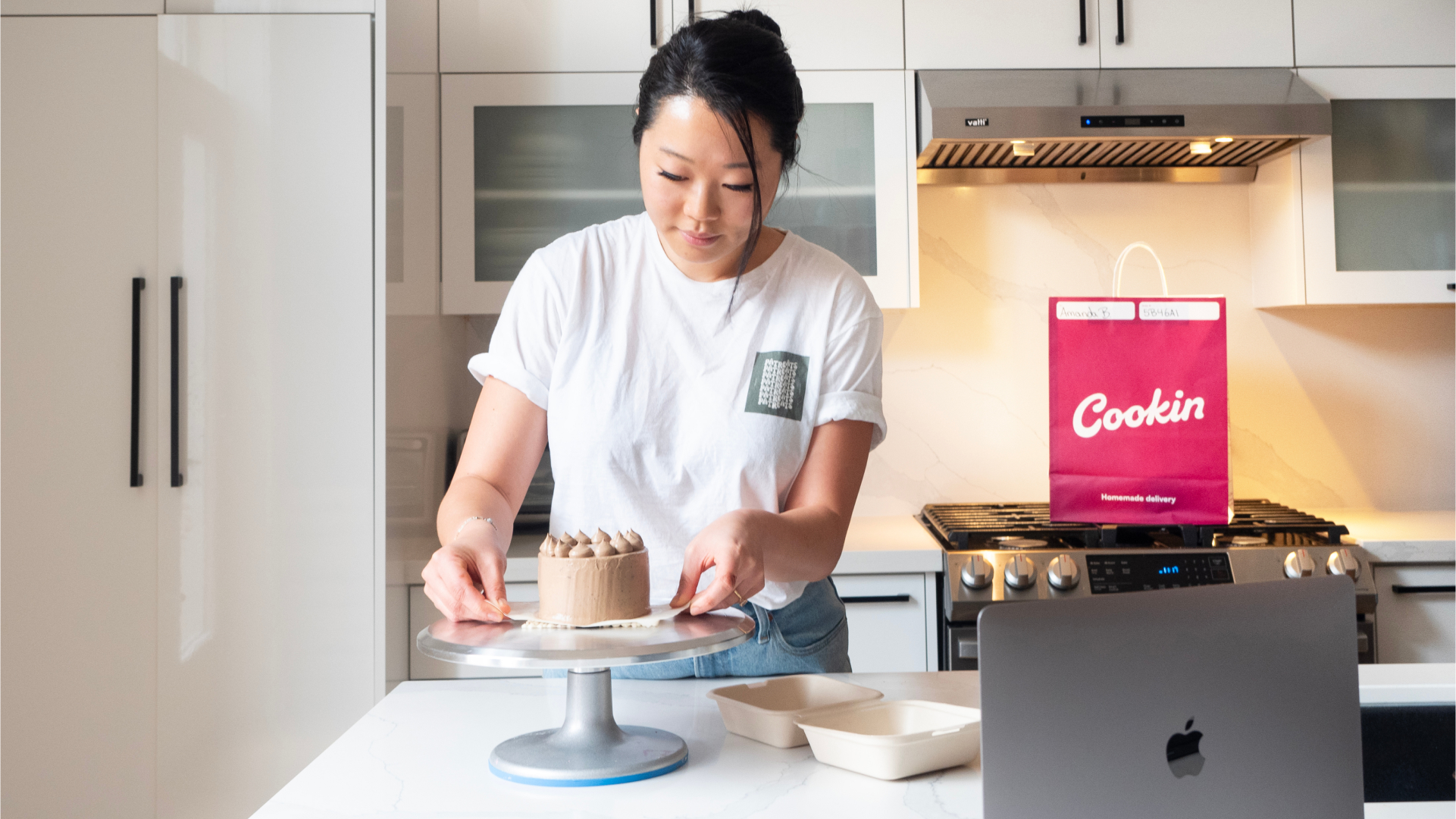Building an exceptional menu is all about offering high-quality, home-cooked food that you wouldn’t typically find in restaurants. It’s the kind of food you would proudly serve to your family and friends. To achieve this, consider the following tips.
Emphasize variety and choice:
Successful menus provide a range of options. Aim for at least 7-12 items on your menu, including appetizers, mains, sides, and desserts, whenever possible. This ensures customers have a comprehensive selection to choose from.
Food that is approachable:
While showcasing your cuisine’s authenticity is important, consider including one or two familiar menu items that cater to those less familiar with your food.
For example, if you specialize in Korean cuisine, offering a popular dish like Bibimbap alongside more adventurous options can encourage customers to try new flavors. This balanced approach allows for both exploration and comfort in dining.
Focus on a specific cuisine or food style:
Concentrate on one type of cuisine or a particular food style. You can have multiple menus and rotate them, but ensure that the dishes complement each other well at any given time.
Cater to dietary preferences:
Include options for vegans, vegetarians, and pescatarians if you desire! This helps accommodate a wider range of dietary needs and preferences, making your menu more inclusive. Similarly, if you cater to specific religious dietary restrictions (i.e., halal, kosher) please note that in your menu descriptions.
Vary your pricing:
Offer menu items at different price points. Main courses should range from $17-21, while appetizers and side dishes should range from $5-15. Customers often choose a combination of higher and lower-priced items, so having a mix allows for flexibility.
Combos are a must:
To boost sales from your store, it’s crucial to offer menu combos or platters. Each menu should feature at least one chef’s combo, which can consist of a selection of items from your menu. The combo should be priced lower than purchasing each individual item separately or a la carte.
Plan for pre-preparation:
Minimize last-minute preparations by ensuring that only a few menu items require it. Most of the dishes should be made in advance to streamline operations and ensure efficiency.
Utilize ingredient synergy:
Optimize ingredient usage by incorporating shared ingredients across different dishes. For instance, if you use grilled eggplant and zucchini in Italian sandwiches, consider offering a salad or side dish that incorporates similar ingredients.
This reduces waste and enhances cohesion in your menu.
Consider travel and reheating:
Think about how the dish will travel (delivery/pick-up) and how it will reheat if necessary and if necessary please add in reheating instructions for your orders.
By following these tips, you can create a menu that offers variety, caters to diverse dietary preferences, and provides customers with the comforting feeling of home-cooked meals.This reduces waste and enhances cohesion in your menu.
Tips for Effective Menus
1. Menu Title:
Choose a brief, catchy, and simple name for your dish. Capitalize each word in title form.
Example: Crispy Chicken Parmesan
2. Serving/Portions:
Clearly indicate how many people your dish will serve or the quantity of pieces. You can also include measurements in grams, ounces, milliliters, or cups. Ensure the serving size mentioned is accurate upon delivery
Example 1: Garlics Bread (serves 2)
Example 2: Garlic Bread (8pcs)
3. Price:
Set the price considering ingredient costs, preparation time, and desired profit. Keep in mind the revenue share and the final price the customer sees, including any service fees.
4. Description:
Tell a story about the dish and provide detailed information. Mention if it’s a family recipe or a house specialty. Describe what the dish is served with, such as rice, salad, dips, or sauces. Be specific and elaborate.
Example: Quesabirria
3 tacos stuffed with shredded braised beef meat and mozzarella cheese, then crisped on a griddle. Served with a side of consommé for dipping.
5. Modifications:
Specify any possible additions or omissions for the dish. Mention if customers can choose a different protein or vegetarian option, make it spicy, or request specific modifications. If there are additional charges for modifications, state them clearly.
Example 1: Choose Your Size
• Single – 1lb
• Double – 2lb +$6.00
Example 2: Add-ons
• Add parmesan (2oz) +$2.50
• Add extra (2oz) +$1.50
6. Ingredients:
List all the ingredients used in the dish. Write them in lowercase, separated by commas and spaces. This section helps customers know the exact ingredients in the dish.
Example: flour, water, sugar, salt, spices
7. Allergens:
Clearly list the allergens present in the dish.
Common allergens include gluten (wheat), eggs, dairy, nuts, tree nuts, MSG, and shellfish. Alphabetically order the allergens for clarity. If you’re unsure about certain ingredients, include them, and the platform will determine if an allergen needs to be listed.
Example: gluten (wheat), eggs, dairy, nuts, tree nuts, MSG, shellfish
How to Create your Courses
Appetizers
Appetizers are a fantastic addition to any menu as they serve as a tantalizing introduction to your culinary style. While not mandatory, they are highly appreciated by customers who love something to whet their appetite and share.
Here are some tips for creating appetizers that are enticing and customer-friendly.
Easy preparation:
Opt for appetizers that are simple and quick to prepare or can be made in advance or require minimal prep time.
Affordable pricing:
Keep the price of appetizers reasonable and low. Customers are more likely to add them to their order if they are priced attractively.
Should range from $5-15 for a single or shareable appetizer.
Shareable portions:
Design appetizers that can be shared by two or more people. Sharing plates creates a social dining experience and encourages customers to engage with your menu. They can also serve as a conversation starter and facilitate the exploration of other menu items.
💡 Remember, appetizers are an opportunity to make a memorable first impression and set the stage for an exceptional dining experience. By offering easy-to-prepare, affordable, shareable appetizers that reflect your cuisine, you’ll enhance customer satisfaction and make your menu even more appealing.
Main Dishes
These are the highlights of your menu.
Whatever your cuisine, focus on your “specialties.” People love “chef recommendations.” The portions should generously feed one person. That way, if two people order, they can share two items, which will increase the customer’s overall “basket size” and your bottom line.
You can include the side dishes (starch and vegetables) with the main dish or sell the main as a standalone dish.
Have variety so that a family can order and even the pickier eaters will have something to eat.
Price:
Should range from $16-24 for a single generous portion.
Variety:
Your menu should include at least 3-4 mains. Variety is the name of the game.
Side Dishes
Similar to the appetizers, these items should have lower prices so that customers will easily add them to
their basket.
Smaller priced items will end up increasing the overall basket value or the amount of money the customer
spends on your store, ultimately increasing your revenue. You can sell side dishes as standalone menu items or they can be added as “modifiers” to the main course, such as “add on rice for $5”.
Please note that if something is an add-on or modifier, you must have the inventory stocked at all times, as a modifier cannot be turned off.
Price:
Should range from $5-15 for a single generous portion or for sharing.
Variety:
Your menu should include 2-3 sides.
Desserts
Everyone loves a little sweetness, but keep them simple and easy for you to make and have on hand.
Limit the options to 1-2 choices. Desserts are a great way to increase your customer’s basket. Think of them
as impulse purchases.
Choose dessert options that can be made in advance, are cost-effective, and can be stored for future use if they don’t get sold. For example, you can make cookie dough balls ahead of time and freeze the raw dough.
When a customer orders the cookies, you can pop the dough balls in the oven for 10-15 minutes. If the dessert is not ordered, there is no waste because you cook them to order.
Variety:
Your menu should include 1-2 desserts.
Drinks
Optional and can be a special beverage you make from scratch or just water, coke, etc. If the drinks are unique, we can add them as a separate category on your menu. If they are simply water or coke, we can add them as “add-ons” to each menu item.




